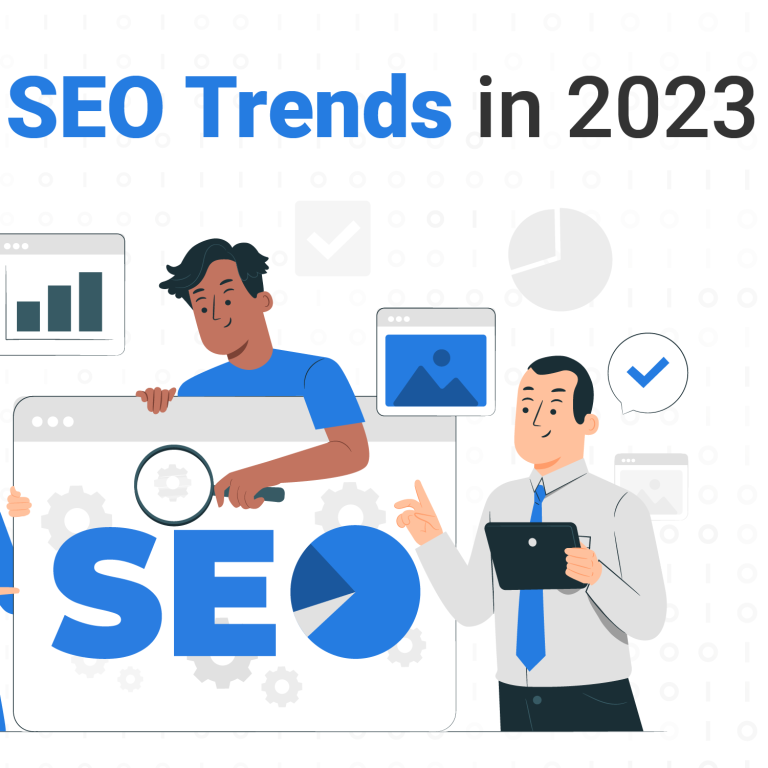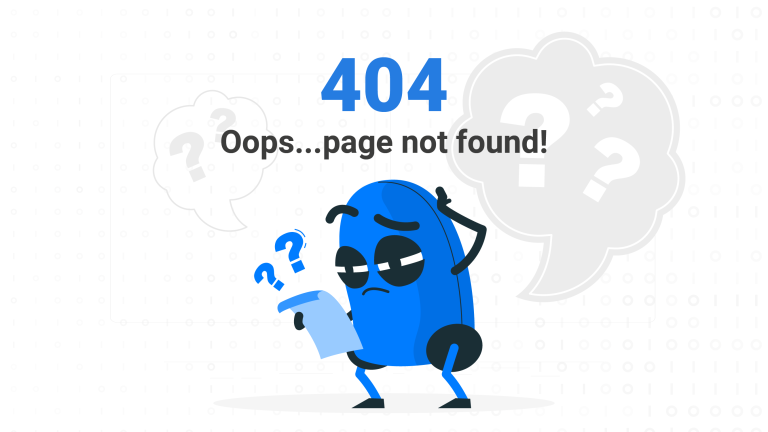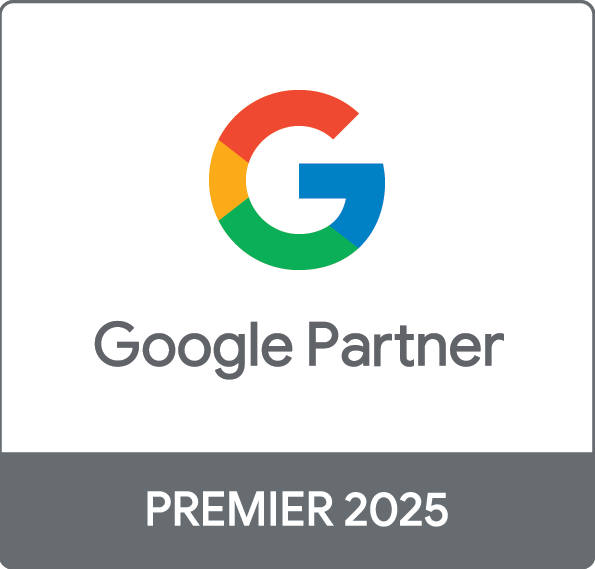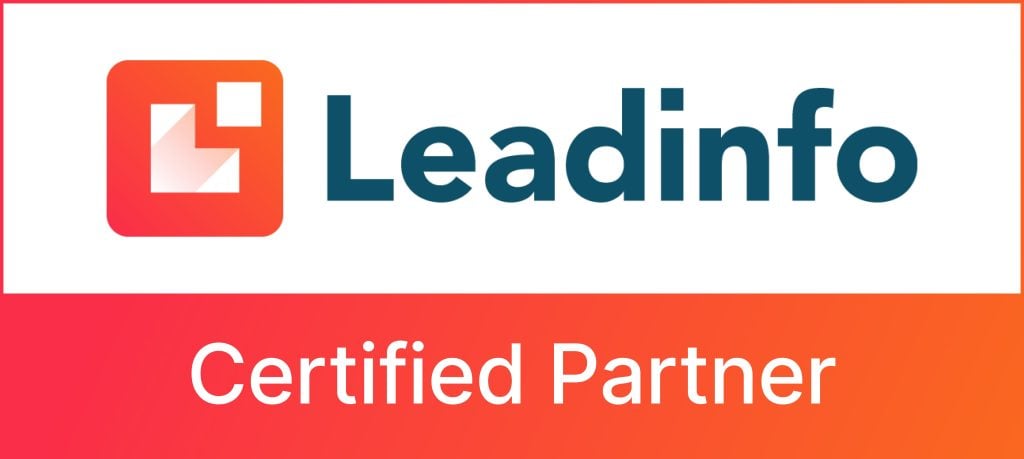Table of Contents
With the advent of artificial intelligence (AI) software, programmatic display advertising was heralded back in the early 1990s as the future of online advertising. Since then, the results have confirmed its popularity. In 2022 alone, 90% of advertising will have transacted programmatically representing a forecasted $123.22 billion dollars. Traditional media buying, which involves time-consuming, human negotiations and manual insertion, now only represents a small minority of ad spend.
What is programmatic display advertising?
How is this type of advertising different? Instead of a manual process of advertisers negotiating with publishers to bid for ad slots, programmatic display advertising uses AI software to automatically buy digital ads. The AI software will run an auction by which the advertiser with the highest bid would win the slot.
Every time a user clicks on a page, the ad displayed is determined by an invisible auction. It also showed them an ad that was the most relevant to them at that time and place. With this degree of sophistication, it’s no surprise that this type of advertising has exploded in popularity.
Alternative names for this type of digital advertising include real-time bidding (RTB), programmatic, programmatic buying, and programmatic advertising.
For a complete guide to other types of paid advertising, check out our blog The Definitive Guide to Performance Marketing.
What terms are used in programmatic display advertising?
Before explaining in greater detail how programmatic display advertising works, here are some of the terms and acronyms used throughout the article to keep as reference.
Programmatic real-time bidding (RTB) — The instantaneous auction of ad space to the highest bidder when a user clicks on a site.
Programmatic Direct — Ad space bought directly from publishers under agreed deal terms (such as exclusive access or price floors).
Demand-side platform (DSP) — Technology that is used to buy ads automatically. Top DSPs include Facebook Ad Manager, Rocket Fuel, and MediaMath.
Supply-side platform (SSP) — Technology used by publishers to sell ads automatically. Top SSPs include Google Ads Manager, Amazon Publisher Services, and OpenX.
Data Management Platform (DMP) — Software that holds information about consumers derived primarily from cookies used in audience targeting. Top DMPs include Audience Studio by Salesforce, Lotame, and theTradeDesk.
Ad Exchange — An online marketplace where advertisers and publishers buy and sell ads in real time. Top ad exchanges include Xandr, Pubmatic, and the Rubicon Project.
How does programmatic display advertising work?
As we know, programmatic display advertising shows the ad of the top bidder at the given time a user clicks on it. But what goes on behind the scenes?
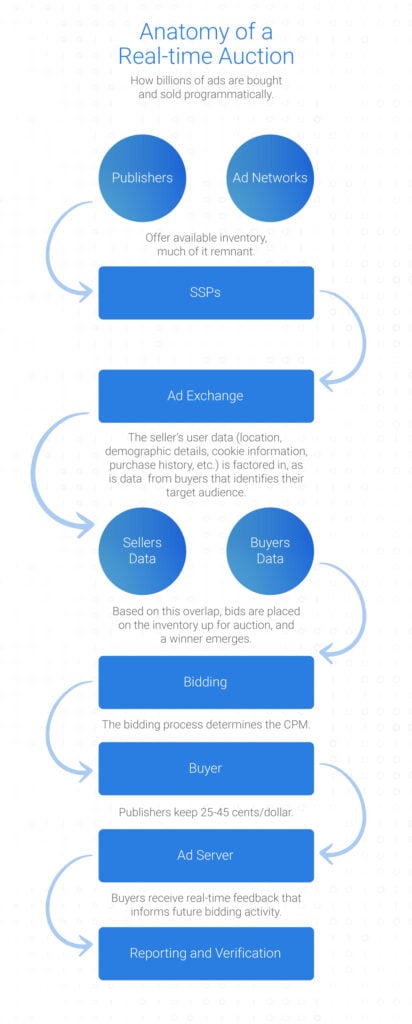
The flow schematic above illustrates a real-time bidding process that begins when a user clicks a website and ends with an ad being displayed to them. In practical terms, the flow resembles the following:
- Publishers (sellers) designate a part of their website’s real estate as “ad space” via an SSP and connect it to an ad exchange to obtain bids.
- Advertisers (buyers) set their target audience and ad budget with a DSP and connect it to an ad exchange to bid for ads.
- A user visits a website. All of their information is sent to the ad exchange (via cookies).
- If the user’s data matches the defined target audience of the ad, the ad will be served to them directly if it’s a programmatic direct arrangement. If it’s a programmatic RTB, then an ad auction will start and RTB will begin.
- For programmatic RTB, the highest bidder will win the auction and their ad will be displayed to the user.
- Once the ad is displayed, the publisher will be paid.
What are the steps to start a programmatic display advertising campaign?
In this 5-step process, we will explain how to get started with either programmatic RTB or programmatic direct advertising campaigns.
Determine campaign objectives
The first question a marketing manager should ask themselves is, “what am I trying to achieve with this campaign?” Programmatic advertising is best suited if the following conditions are met:
- You already have spent some money on PPC advertising, and therefore have enough customer data to target your audience.
- Your traditional campaigns aren’t reaching the full target audience
- You can reach your target audience across all devices (Desktops, Laptops, Mobile, Website, etc.)
If programmatic display advertising is the right solution, then the primary goal of the campaign needs to be ascertained. Campaign goals are outcomes such as:
- Brand awareness
- Sales increase
- Lead generation
- Engagement
- Traffic
Once the conditions are met and the objective is determined, we can move on to the next step.
Choose a DSP
A DSP is essential to getting programmatic ads to the right target audience. It allows ad managers to control, track, and optimise ads across platforms all in one dashboard. Some DSPs even partner with third party data providers to enhance tracking and reporting capabilities. Here are some of the factors to consider when choosing a DSP:
- Access — A good DSP has access to multiple, leading ad exchanges which leads to increased reach for ads.
- Inventory — Look for a DSP with quality programmatic inventory across platforms and devices, including video, display, mobile and tablet.
- Platform Functionality — DSPs should have robust targeting and bidding technology which lets users be more specific when choosing an audience.
- Reporting and Analytics — Real-time reports, custom report builders, and reach estimates are features to look out to help with ad optimization.
- Cost — Tech, platform, and ad exchange fees can eat up budgets over time, so it’s obviously a good idea to compare costs across DSPs.
- Support — Looks for DSPs that offer onboarding training and customer support. In terms of business continuity, DSPs that have effective training programmes will allow for quick training of new employees.
Start campaign & optimise
Once a DSP has been selected, ads can now start being disseminated. Considering programmatic RTB is around 70% cheaper than programmatic direct, it’s likely better to opt for an RTB campaign first. The work doesn’t stop there however. Once ads start running, ad creatives and targeting should be optimised reactively as performance data comes in.
Here are a some of the high priority variables that should be continuously optimised:
- A/B testing
- Audience segments
- Creatives
- Ad frequency
- Bid adjustments
- Devices
- Time of day
- Ad format
- Ad size
Track, measure and analyse
It’s important to set up a cross-channel attribution model so that data can be extracted across all touchpoints in a customer journey. Once campaigns are up and running, tracking and measuring KPIs against what the DSP has advertised is essential to see if they are delivering their end of the bargain.
Consistently optimising ads in terms of creatives, bid adjustments, formats and other variables is the best way to maximise the ROI on an ad budget.
Final Thoughts
Programmatic display advertising is growing exponentially in popularity due to its efficiency and the results it drives. As more money pours into the space, advertisers can expect better technology and services as companies compete for ad budgets. In today’s society where users have multiple devices, programmatic advertising is a reliable way to reach target audiences regardless of what device they use.
Looking for an agency to develop an effective performance marketing strategy for your company? Drop us a note at hello@admiral.digital.


